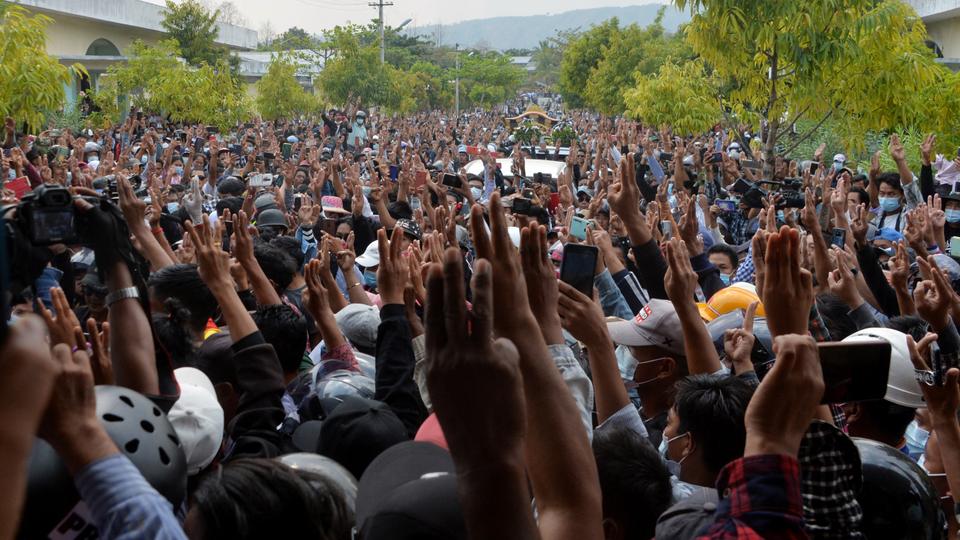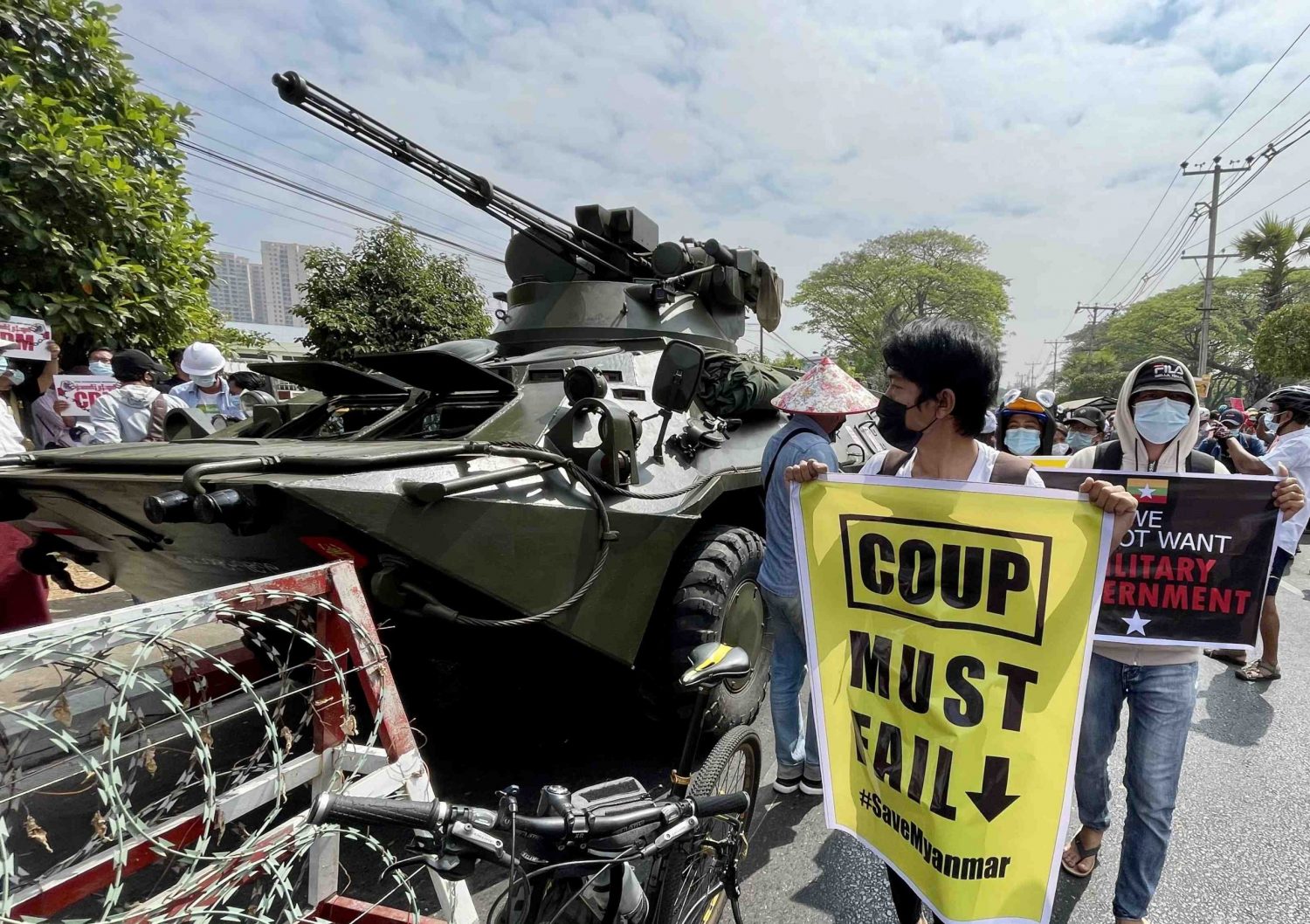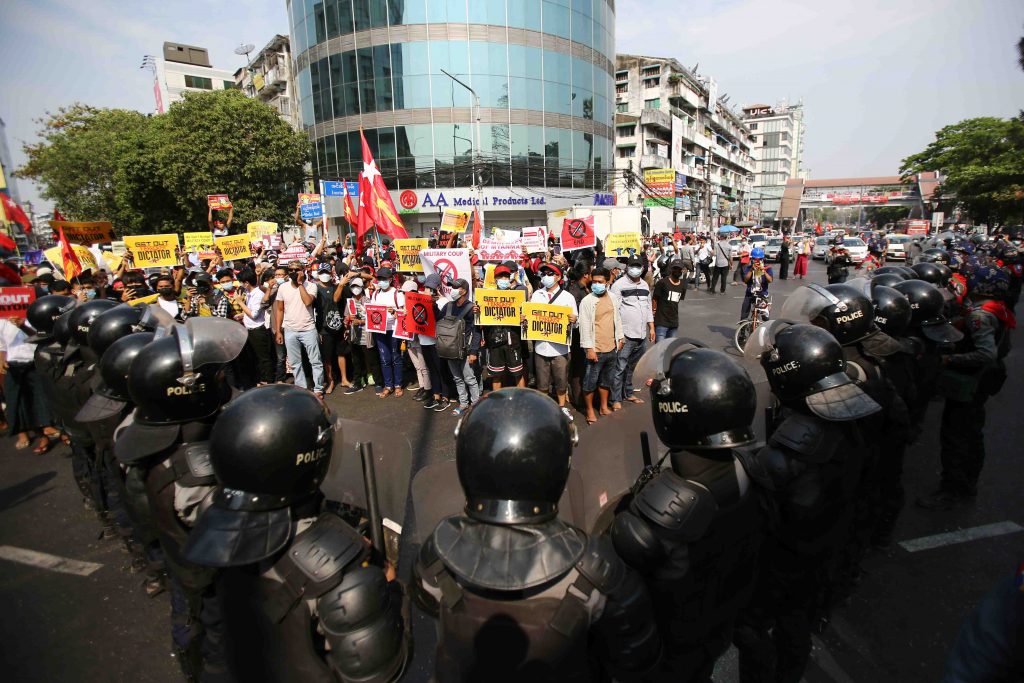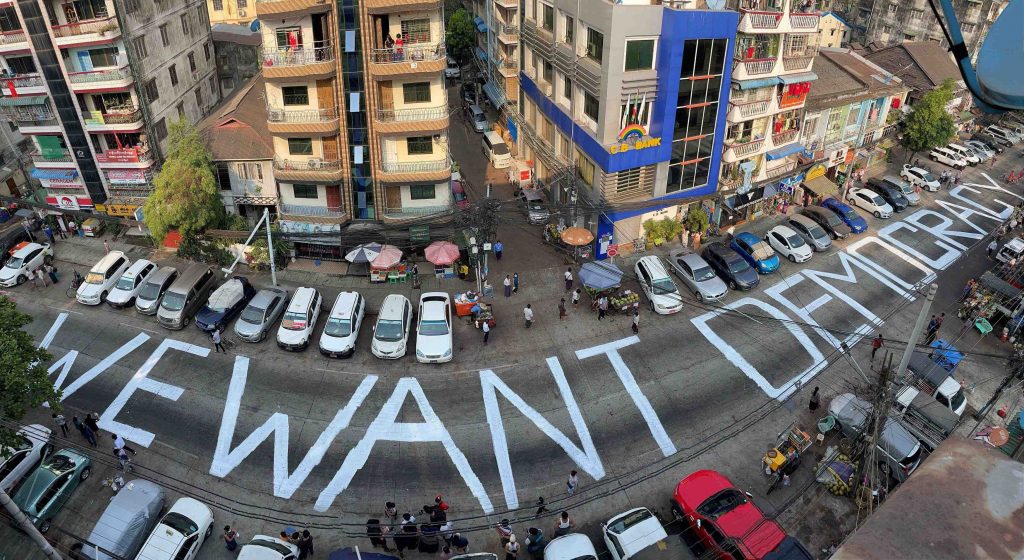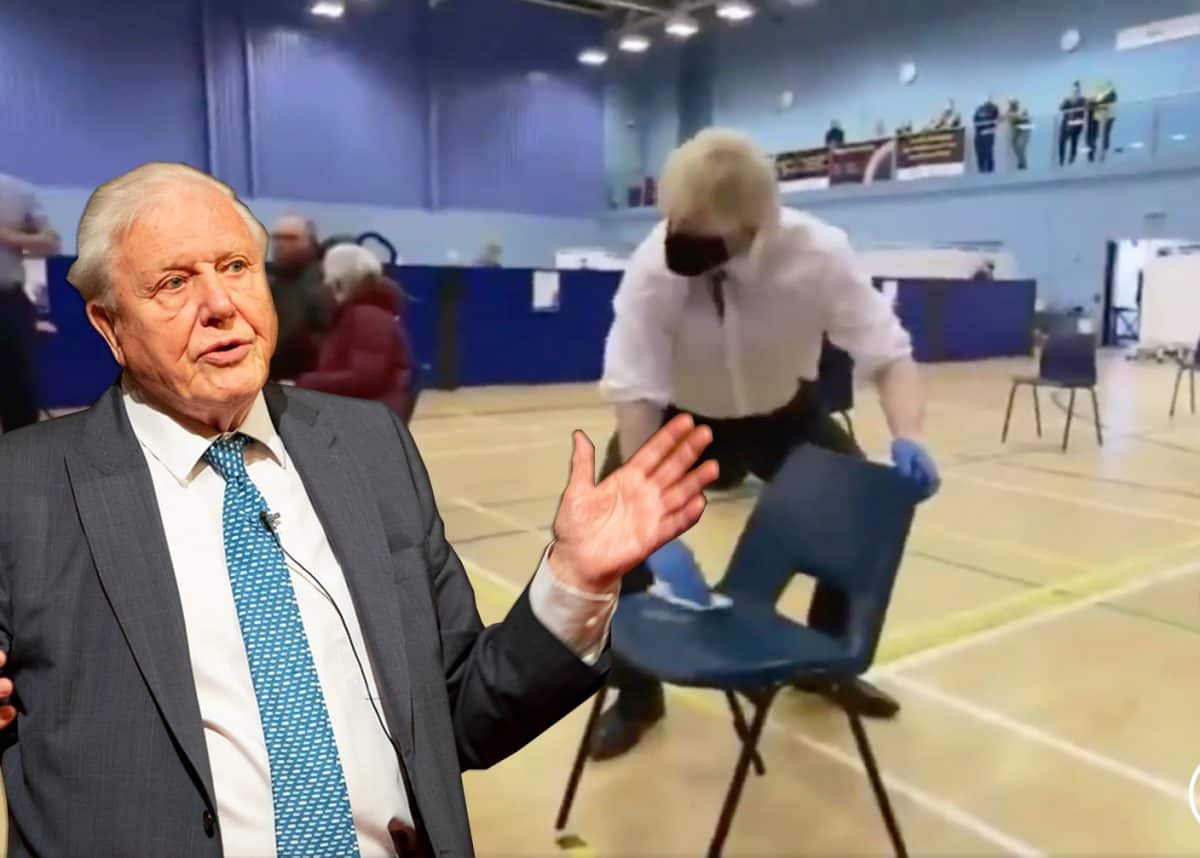Naureen Malik, Gerson Freitas Jr, Michael Tobin and Rachel Morison
Sun, February 21, 2021,




(Bloomberg) -- The urgent phone calls came over the holiday weekend: traders of natural gas needed more money, and fast.
Temperatures were starting to plummet across the central U.S. Prices for the heating fuel had skyrocketed 300-fold to levels nobody had thought possible. This would later prove to be the precursor of one of the worst energy crises the nation had seen, plunging millions into darkness for days amid a deadly deep freeze.
But on Saturday, traders in the relatively small and obscure world that is the physical gas market were singularly focused on one very big problem: exchanges were demanding more collateral because of the volatility. The traders had until Tuesday to come up with the cash or else they’d be forced to exit their positions and, in some cases, face potentially catastrophic losses.
The dire situation triggered a frenzy of round-the-clock meetings. One group of traders convened their first Saturday morning conference call since the collapse of Lehman Brothers in 2008. The public holiday on Monday meant U.S. banks were closed, so -- desperate for money -- some market players turned to European parent companies that could deliver so-called margin payments on their behalf to the exchanges sooner. The cash showed up in different currencies, but it did the trick.
“I’ve been through a lot: The ‘98 and ‘99 power spikes in the Midwest, the California crisis” of 2000-2001, said Cody Moore, head of gas and power trading at Mercuria Energy America. “Nothing was as broadly shocking as this week.” One gas trader said in a message over the weekend his head was “still spinning.” Brian Lavertu, a trader in Texas’ power market, predicted prices were about to go “wild.”
That turned out to be an understatement. In what will go down as one of the most remarkable weeks in power and gas market history, gas soared as high as $1,250 per million British thermal units in some locations, electricity in Texas surged to its $9,000-per-megawatt-hour price cap and the state’s grid operator ordered the country’s biggest-ever forced blackout as the cold pushed its system to the brink of total collapse.
Winners will emerge -- like Jerry Jones, the billionaire owner of the Dallas Cowboys, whose gas company sold some fuel for high premiums. There will most undoubtedly be losers. Atmos Energy Corp., one of the largest independent suppliers of gas in the U.S., revealed Friday it’s looking to raise cash after committing to spend as much as $3.5 billion to secure fuel during the freeze. The company said it’s “evaluating a number of financing alternatives including available cash, short-term debt, long-term debt, and equity.” The markets may never be the same.
The world of physical gas is dominated by industrial buyers and sellers, trading firms and the odd hedge fund. The action revolves around matching demand in one corner of the vast U.S. energy network with supply in another. Players obsess over the weather that drives demand -- air-conditioning in the summer, heating in the winter.
Related: The Two Hours That Nearly Destroyed Texas’s Electric Grid
Gas trader Paul Phillips and his team at Denver-based Uplift Energy spent the week before last focused on the big freeze that had yet to reach Texas. Uplift advises gas producers, for a fee, on how to get the best price. It told clients to get ready.
Despite the mounting concern, benchmark Nymex futures -- the deepest, most liquid market for gas -- were relatively stable at just under $3 per million BTUs.
Futures, as their name implies, reflect expectations for future supply and demand -- in this particular case, out to March and beyond, but not the looming weekend. Instead it was in the spot market, where gas is bought and sold for immediate delivery, that the alarm started ringing.
Spot prices at the Oneok delivery hub in Oklahoma, for example, which had mostly been trading at a small but steady discount to Nymex, moved sharply higher on Wednesday, Feb. 10, to settle at $9. On Thursday they hit $60. By Friday, they briefly surpassed $500, a level previously undreamed of.
Physical gas sales contracts can require the buyer or seller to pledge collateral, such as a letter of credit, a kind of insurance in case bets go awry or if a company has a liquidity issue. Price gains typically mean more collateral, or margin, is needed.
But the spot gas price spikes now being seen were triggering truly outsized demands: According to one trader, a small market participant with a margin requirement of $100,000 saw that balloon to $1 million. Larger companies had to find tens of millions of dollars. Many spot gas trades are conducted via next-day contracts on Intercontinental Exchange Inc., which boosted its margin requirements.
After the market closed Friday, stunned traders scrambled to work out how much additional funds they would need to set aside for the following week. Some trading houses were extremely nervous. An executive at one said he was worried that some counterparties could go bust and leave his firm with positions to fill on the spot market.
There were also more practical considerations as the weather closed in. Mercuria made the decision to book hotel rooms for some of its Houston employees so they could avoid driving in icy conditions. “This is an exceptional time and our first priority was to do whatever we can to keep the grid moving, the gas flowing properly,” Mercuria’s Moore said.
Meanwhile key pieces of Texas’ energy infrastructure began to fail. Oil and gas wells stopped producing as liquids froze in pipes. By the night of Sunday, Feb. 14, it was apparent that Ercot, which oversees Texas’ power grid, might have to implement rolling blackouts.
Some traders looking to raise more collateral urgently tapped credit lines, while lenders sprang into action. One bank was able to extend credit facilities by $500 million and have them in place when the markets reopened, according to a person working there. Other lenders also took similar action, according to other people with knowledge of the situation. “Nobody wanted to trade a liquidity event, so they stepped up,” one banker said.
By the morning of Tuesday last week, Texas was plunged into an unprecedented energy crisis, with Ercot unable to restore most of the grid. As markets reopened, some traders liquidated their positions, unable to post the additional margin.
“If you want to play, you’ve got to pay,” said John Kilduff, trader and founding partner at Again Capital. “It’s a mechanism to wring out excessive speculation.”
For those still in the game, the wild ride continued. By Wednesday, spot prices had surged at Henry Hub in Louisiana, the delivery benchmark for Nymex futures, while rates at Oneok touched $1,250.
Working from home, Phillips and his co-workers at Uplift saw orders filled in the Western Rockies at prices as high as $350. “I thought maybe the highest we could get was $20 this week, to be honest,” he said.
Some of Uplift’s clients were doing everything they could to keep the gas flowing at this point amid the frigid temperatures, using space blankets and portable heaters to stop pipes from freezing. “Some of our producer clients felt morally obligated that the gas was flowing,” Phillips said.
In Oklahoma, Chris Bird’s company Exponent Energy, was using similarly improvised measures, including a propane gas torch, to keep its gas wells from freezing. In just five days, Exponent’s wells in Osage County raked in about $3 million of revenue, compared with around $800,000 for the whole of last year.
As awareness grew of the sky-high cost of gas, outrage grew, even within the gas market. Some observers questioned why fuel was still flowing to liquefied natural gas export terminals when power was still down for millions of Texans.
“What is happening is a disgusting price-gouging that we have not seen since the California energy crisis,” said John Woods, an independent trader, referring to the spot prices. “Texas should ban the export of fuel.”
By late afternoon Wednesday, Texas Governor Greg Abbott announced during a televised address that he had stopped the shipment of gas from the state.
That created a fresh wave of panic in the market. Traders frantically sought clarification on how the order would be enforced. One trader on the West Coast who had been working around the clock lost $1 million within minutes, having earlier bought a gas swap priced at $20 -- essentially betting on continued supply constraints in Texas -- only to see the price fall to $12 immediately after news of Abbott’s order broke.
At the peak of the power outages, close to 4 million Texans were cut off, but by Thursday Ercot was having more success in reconnecting homes and businesses, and temperatures were beginning to recover. Gas supplies rebounded, too, and spot prices plunged. Oneok rates fell back to settle on Friday at $3.56 and Ercot ended emergency conditions.
While gas prices are almost back to where they started, the full repercussions of the wild ride will likely take a while to emerge. The hasty curbs on Texan exports may jeopardize the perception of how reliable U.S. LNG supplies could be in the future, said Katie Bays, managing director at FiscalNote Markets. Some financial losses in the U.S. market may only emerge toward the end of March, when billing comes due for February. Serious financial damage may end up raising the barriers for entry to the market, which in turn could reduce the amount of competition, said Kilduff at Again Capital.
“We’ll have to see what kind of defaults come to the surface,” he said. “That will dictate who can stay in.”
(Updates with details of Atmos Energy’s gas spending commitments in seventh paragraph)
For more articles like this, please visit us at bloomberg.com
Subscribe now to stay ahead with the most trusted business news source.
©2021 Bloomberg L.P.

